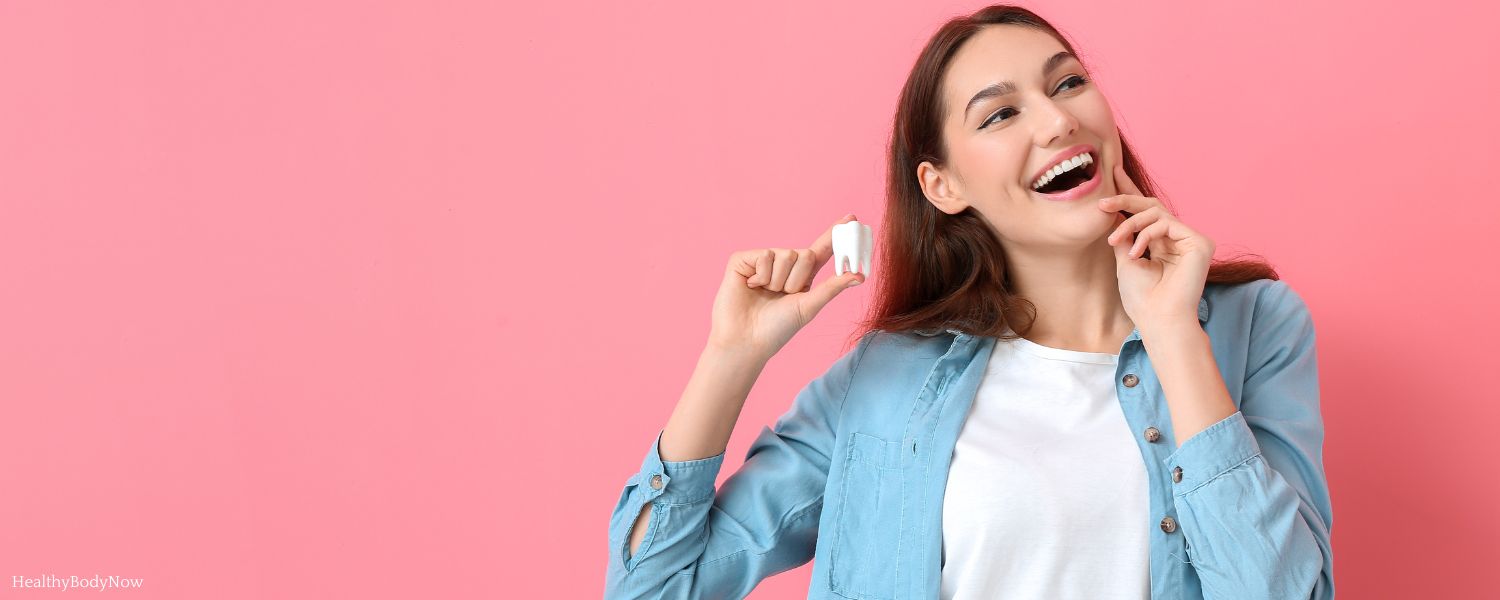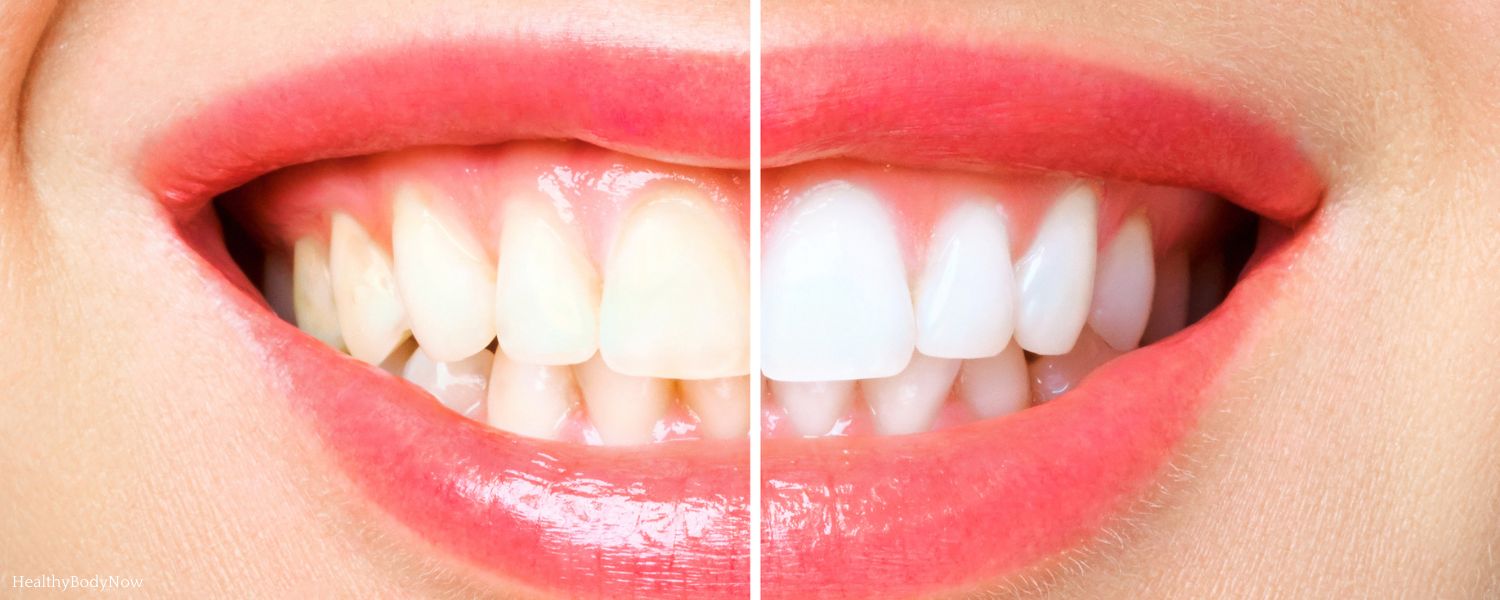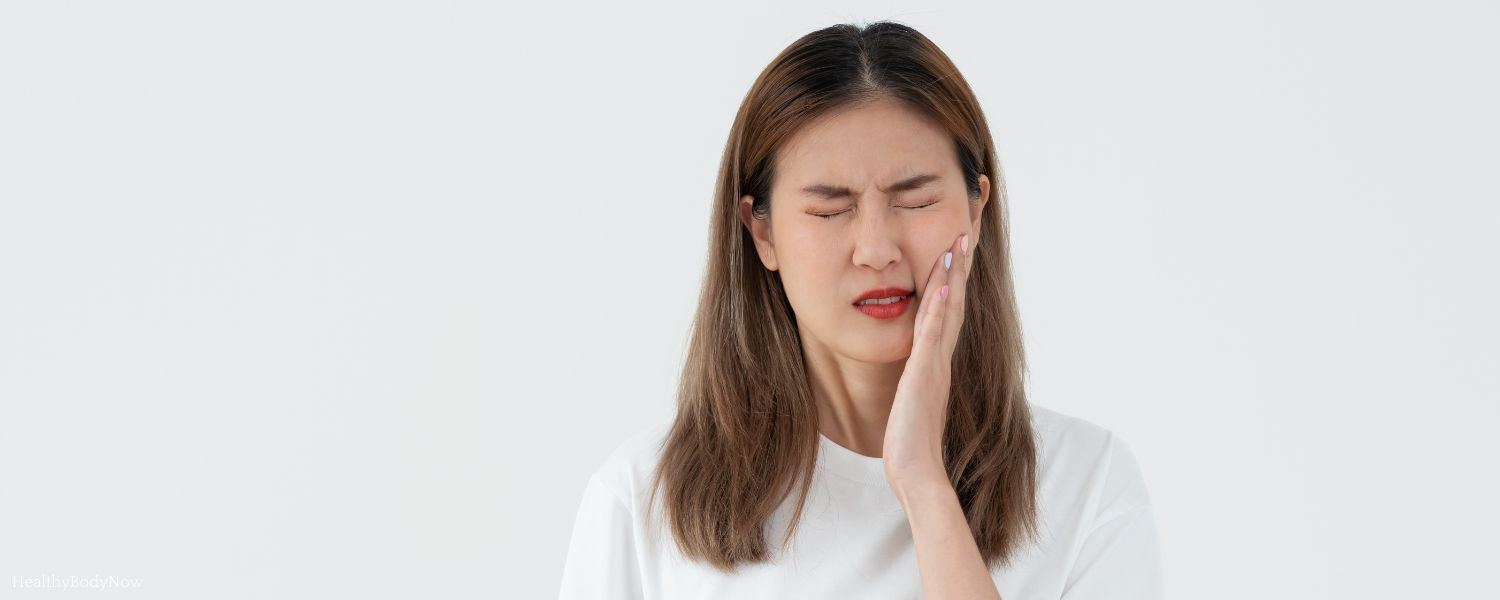You’ve probably seen it while scrolling through TikTok or Instagram.
Influencers flaunting their dazzling smiles after using a purple toothpaste.
It looks cool, and it seems to be working, right?
But, you’ve seen it before.
It’s not the first magical supplement thing, whitening paste, and life-changing course you run into daily…
The claims are impressive.
Instant whiter teeth, a brighter smile, and all without the need for traditional whitening methods.
But does this purple magic really work, or is it just another social media fad?
Let’s dive in and find out.
What is purple toothpaste?

First things first, what exactly is purple toothpaste?
Unlike your everyday whitening toothpaste that contains mild abrasives or bleaching agents, purple toothpaste stands out because of its vibrant color and unique approach.
But is it different from regular toothpaste?
Well, the purple toothpaste contains pigments that neutralize yellow tones on your teeth.
Much like purple shampoos that help blonde hair maintain its color, purple toothpaste masks yellow stains, giving the appearance of a whiter smile.
But here’s the kicker.
The purple toothpaste doesn’t actually remove stains or whiten your teeth from the inside out.
It’s all about that temporary visual trick.
It’s nothing more than a light makeup for your teeth.
How does it work?
So, how does this color trickery work?
The principle is rooted in color theory.
Purple and yellow are complementary colors, meaning they are on opposite sides of the color wheel.
When you apply purple to a yellowish surface (like stained teeth), it neutralizes the yellow, creating a whiter appearance.
It’s like a Snapchat filter for your teeth,
Works great for quick photos, but not a long-term solution.

The limitations
While the immediate results can be impressive, it’s important to understand the limitations.
Purple toothpaste doesn’t contain the bleaching agents like hydrogen peroxide or carbamide peroxide found in traditional whitening products.
These agents penetrate the enamel and remove intrinsic stains, something purple toothpaste simply can’t do.
Also, relying solely on purple toothpaste might lead to bigger issues than just stained teeth.
It’s not a substitute for your regular toothpaste, which contains fluoride and other ingredients essential for maintaining dental health, so do not throw away your old regular toothpaste!
Just imagine not washing your face for days, but still wanting to look fresh and beautiful.
You would probably be good for a day or two, but after, your skin will start to react, and you might find yourself in a world of trouble.
The same thing might happen with your teeth, so, if you want to try the purple stuff, don’t forget about the basic oral health.
Safety
Safety is a big concern, especially with the plethora of dental products popping up on social media.
We’ve all heard horror stories about products that left people toothless and in pain, so you can never be careful enough.
The American Dental Association (ADA) hasn’t approved any purple toothpaste for safety and effectiveness.
And in all honesty, one wouldn’t expect them to do that, as there are thousands of different brands from all over the world offering similar stuff, and it’s hard to keep stuff like this under control.
However, most dentists agree that if you use it as directed, it should be safe for occasional use.
Overusing it, though, could lead to some issues, so better don’t do it.
Another thing to watch out for is the dye.
Purple toothpaste gets its color from food dyes like Blue 1 and Red 40, which can cause allergic reactions in some people.
If you have a known sensitivity to food dyes, it’s best to steer clear.

Alternatives
If you’re looking for more permanent whitening solutions, there are several options.
Over-the-counter whitening products like strips, gels, and trays contain hydrogen peroxide or carbamide peroxide, which are effective in removing both surface and deep stains.
Some people have very sensitive teeth, so heads-up, these methods might cause a world of pain for you.
Whitening toothpaste with mild abrasives can help maintain your smile, but won’t do miracles.
On the other hand, professional in-office treatments offer the most dramatic results, however, these are expensive, and also might cause you a lot of pain.
Too good to be true
So, where does that leave you?
It goes back to the basics. Wash your teeth, avoid staining foods and beverages, and you should be fine.
If not, well, the purple paste might give you that extra boost for a couple of hours, but nothing more than that.
If you need a temporary boost for a photo or a special event, I would say go for it.
However, if you’re looking for lasting effects, you’ll unfortunately need more work…
All in all, while purple toothpaste might add a bit of fun to your dental routine, it’s not a miracle worker.
Sure, it looks cool, but don’t expect it to turn your smile into a Hollywood smile.
For more tips on maintaining a healthy and dazzling smile, check out our article on the best practices for oral health.
